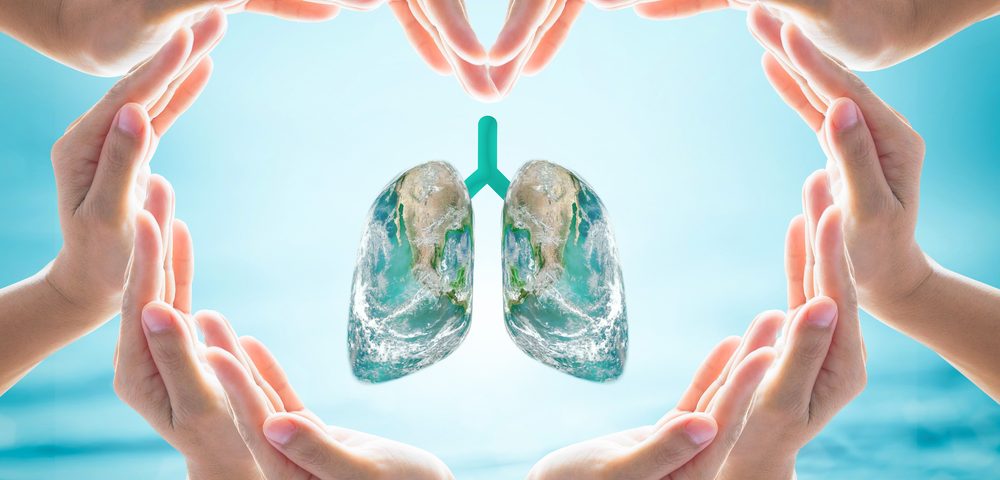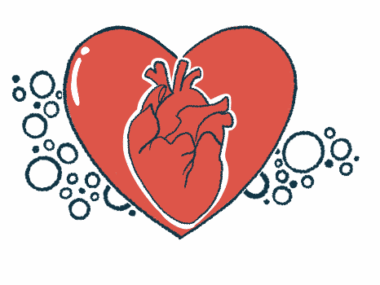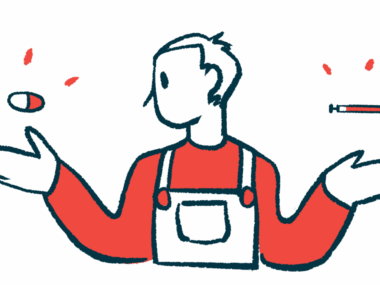Pulmonary Rehab Helped Me to See the Possibilities
Written by |

Since I received a diagnosis of sarcoidosis in my lungs, I have made frequent visits to my pulmonologist to monitor my condition to see if it is progressing and to assess my overall health. On one particular visit, I didn’t see my regular pulmonologist; instead, I met with one of the nurse practitioners. During our visit, we went through the routine questions and screenings. As we talked, she suggested some inhalers for me to try when I’m short of breath or before I begin lengthy physical activities, particularly walking long distances or up and down multiple flights of steps. She thought that the inhaler would help to relax my lungs so I could inhale more air, thereby reducing my breathlessness and heart rate.
During the visit, she asked if I’d ever considered pulmonary rehabilitation. I told her that I hadn’t and I didn’t know what that was. She explained that it’s a rehabilitation program for patients with acute lung issues including chronic obstructive pulmonary disease (COPD) and sarcoidosis. This type of physical therapy is carried out in a controlled environment within the hospital and monitored by respiratory therapists.
Pulmonary rehabilitation helps a patient to increase his or her level of physical activity with minimal use of oxygen. I’ve always been an active person, so I thought, “Why not?” I hadn’t participated in a program like this previously and viewed it as a new adventure.
I signed up for the program, and met with one of the therapists to assess my physical and mental health and establish my commitment to the program. At the time I didn’t know that the program was in high demand and many lung patients from across the region and some from other countries were seeking places on it. I knew this program was for me, so I chose the two days a week I could attend. I started two weeks later.
“I think I can, I think I can, I think I can … ”
The big day arrived, and I was ready to go. I’m not sure what excited me more: finally getting the rehabilitative help I needed, or that my rehab days were Wednesday and Friday, meaning I finished work at noon on those days — especially Fridays.
I didn’t know what to expect, but I hadn’t realized that I would be part of a small group of participants; I had thought the therapy was one-on-one. Pulmonary rehab allows for four patients per session, twice a week. We introduced ourselves, and the therapist explained what the program entailed and how they would monitor our progress.
“I know I can, I know I can, I know I can … ”
The exercise program consisted of using a treadmill, a bike, a rowing machine, and two other machines to build arm strength — all of these were activities a person could incorporate into their own routine. While a new participant could feel apprehensive about the program, I was reassured that we set our level of activity and pace and that we were connected to oxygen to avoid becoming too tired.
I discovered another benefit, possibly the most important one: the understanding shared by my fellow participants and me. The diverse group included grandparents, city employees, retired child care providers, and healthcare professionals. A couple of other folks had sarcoidosis and one had COPD; all of us had some degree of lung function issues, and we all shared the determination that we would not allow our conditions to hold us back.
We knew we had to stay active to keep living, and the boost we needed was going through pulmonary rehab alongside others with whom we could relate. At the end of our 13 sessions, the therapists suggested that we join a gym to continue with the regular exercises, and to avoid becoming complacent. We received certificates of completion, and in a bittersweet moment, we said our goodbyes and went our separate ways. For the past year, three times a week, I’m at the gym for a moderate workout, with my oxygen of course, because I know I can … get better!
***
Note: Sarcoidosis News is strictly a news and information website about the disease. It does not provide medical advice, diagnosis, or treatment. This content is not intended to be a substitute for professional medical advice, diagnosis, or treatment. Always seek the advice of your physician or other qualified health provider with any questions you may have regarding a medical condition. Never disregard professional medical advice or delay in seeking it because of something you have read on this website. The opinions expressed in this column are not those of Sarcoidosis News or its parent company, Bionews Services, and are intended to spark discussion about issues pertaining to pulmonary fibrosis.






Catherine Bogaerts
can I ask you do you use oxygen from a device? Wich stage sarcoÎdosis are you in.What is your diffusion (mine is 60)
Thx
catbogaertshotmail.com
Charlton Harris
I was never given a "stage" of how my sarc had progressed. I do use oxygen from time to time- (3-4ltrs at the gym), some times I use O2 when shopping (as needed). Because of my physical activity, most time when I'm watching tv and resting, my O2 sat is between 93-95. Rehab is a game changer you should participate in.
Charlton Harris
I use a concentrator at home when needed and to sleep, and tanks when I go to the gym or shopping. Hope this helps-feel free to ask for more info.
Brent Young
The most successful rehabilitation programs are those in which services are provided by a respiratory or physical therapist, a nurse, a doctor, a psychologist or social worker, and a dietitian working as the pulmonary rehabilitation team to coordinate complex medical services. Most people are enrolled in these programs for 8 to 12 weeks. However, the techniques learned during the program have to be continued at home after the rehabilitation program ends or the gains made will be lost.
Charlton Harris
Hey Brent, I totally agree with what you said! Currently, eventhough I've just finished rehab, I'm going through a "transition" trying to get back the gains I lost during to the pandemic last year. I basically have to start over. The hard part is to not become frustrated but to keep working hard to reach my goal.
Thanks for reading! 👍🏽💪🏾🙏🏽